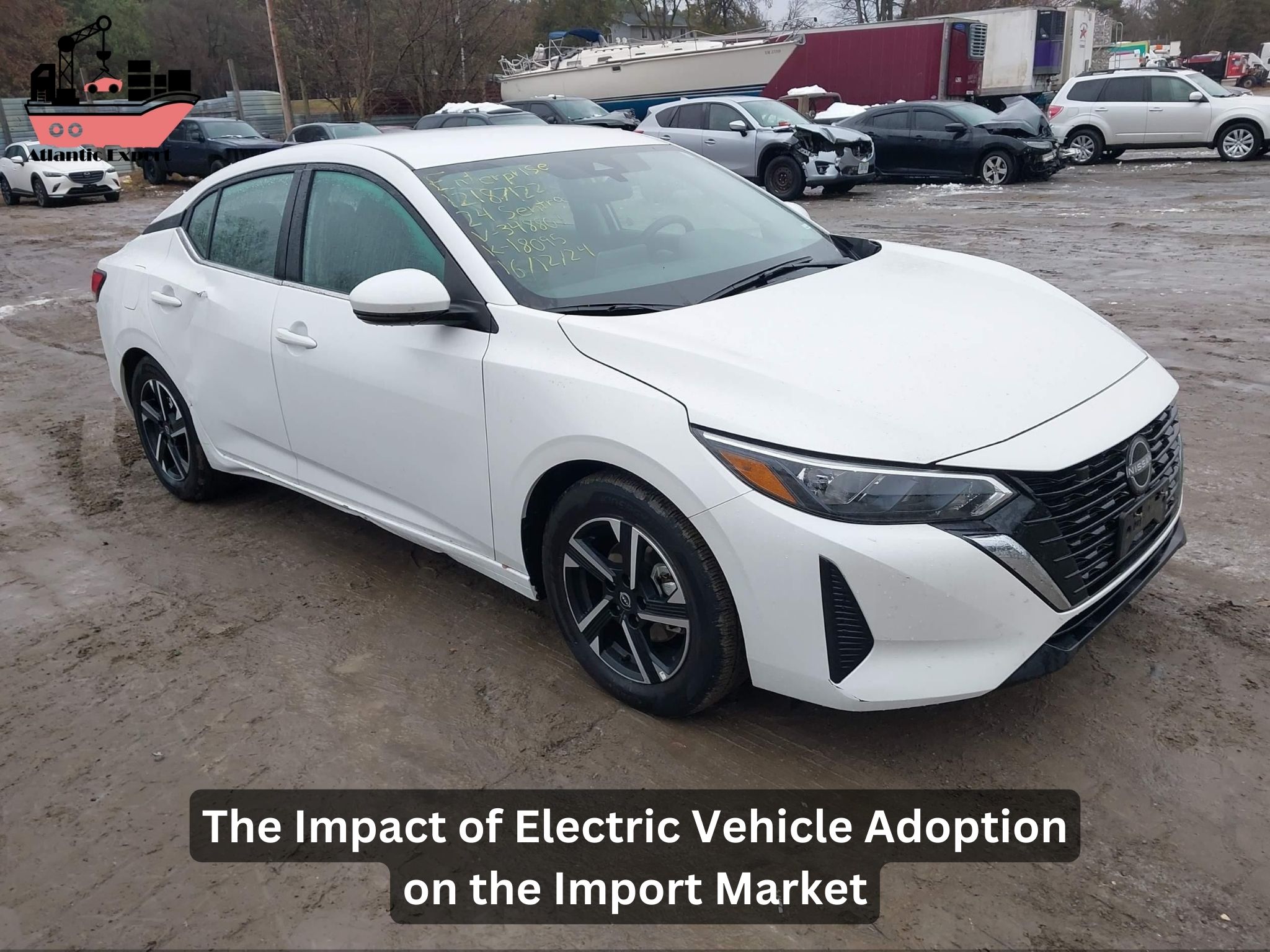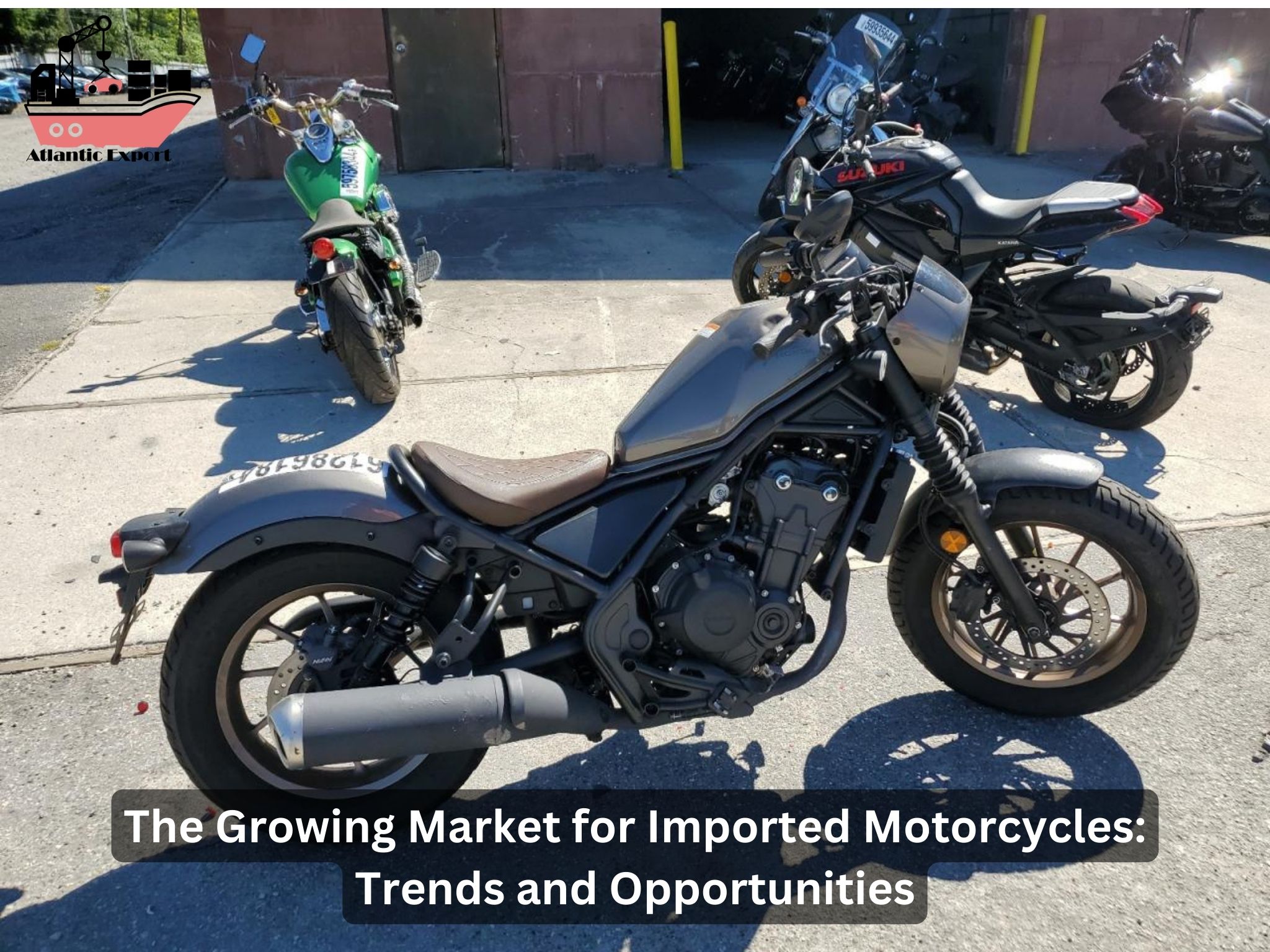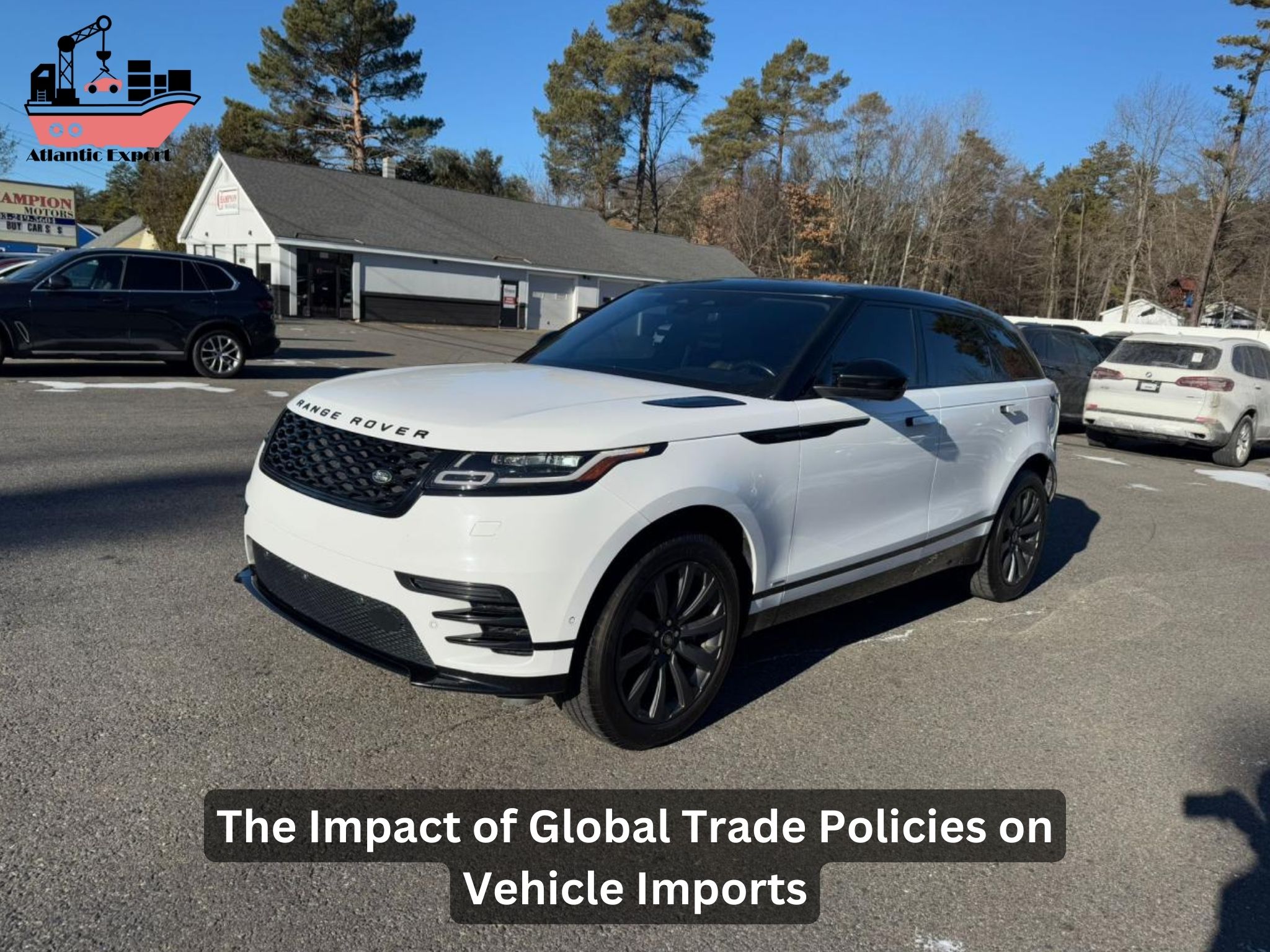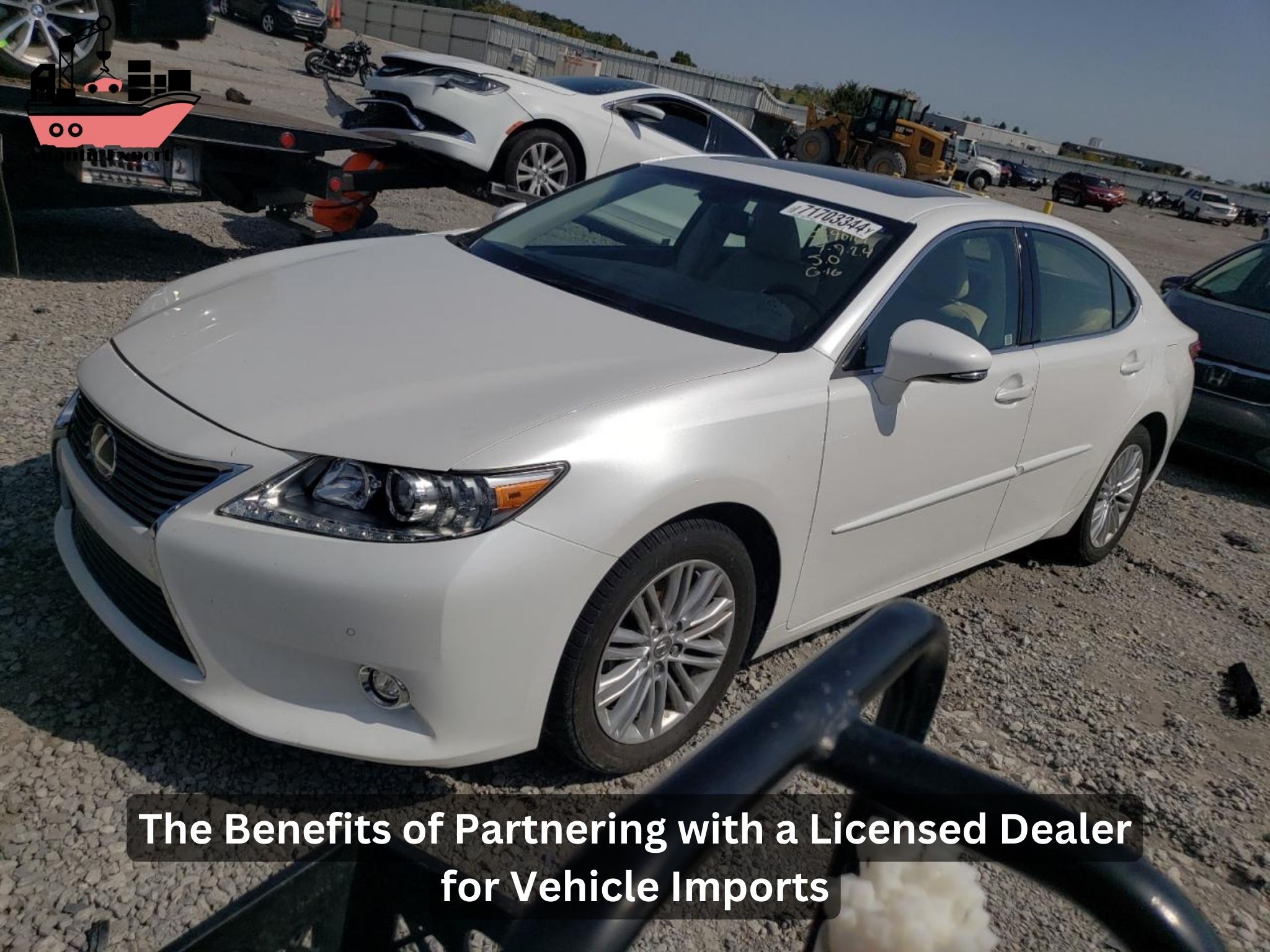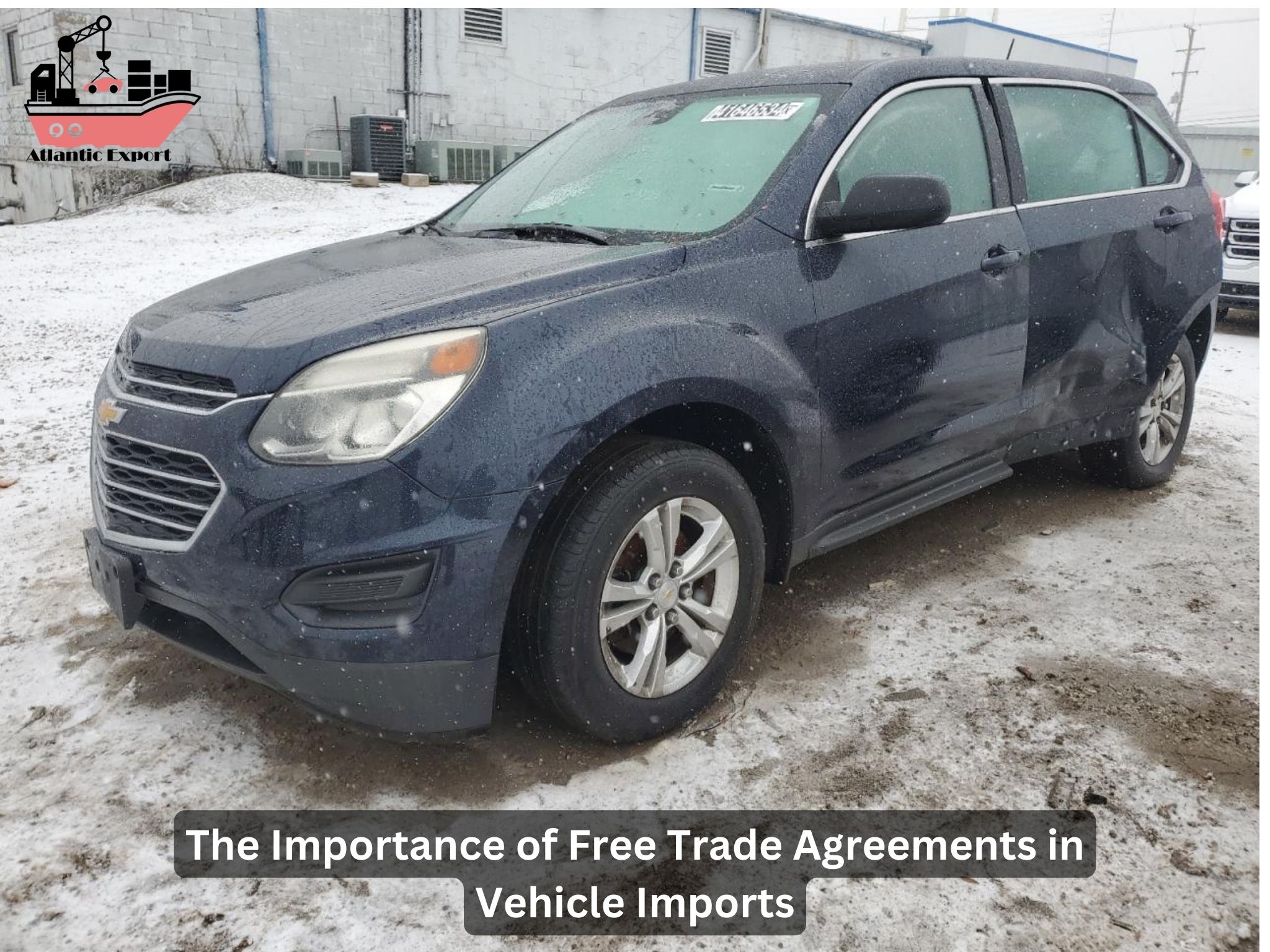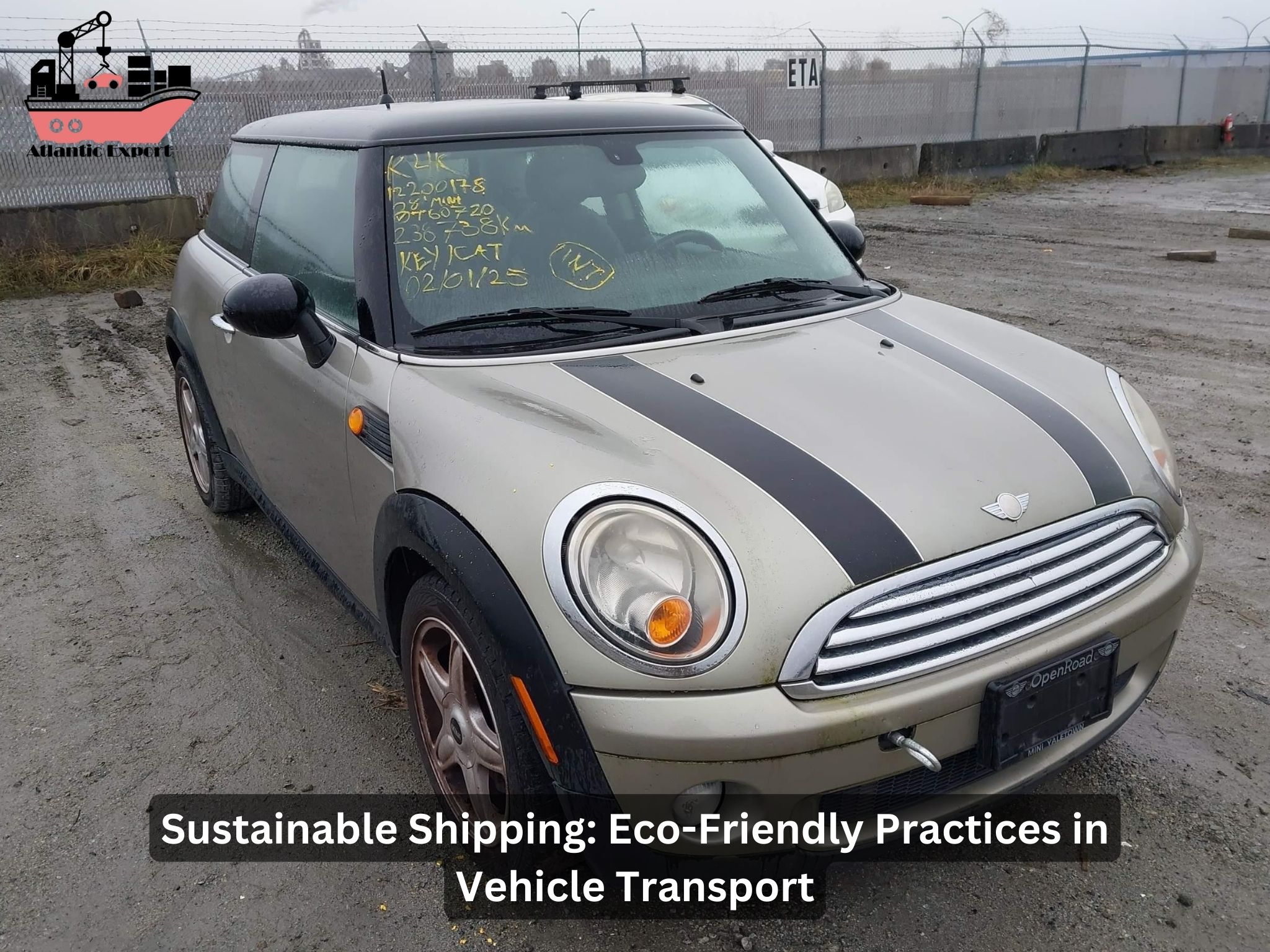Electric vehicle (EV) adoption has surged in recent years, reshaping the global automotive landscape and creating a profound impact on the import market. As governments worldwide implement stringent climate policies and consumers increasingly demand eco-friendly transportation options, the import market for electric cars and their components has experienced unprecedented growth. This article explores the multifaceted effects of EV adoption on the global import market, considering aspects such as demand, supply chains, market shifts, and policy influence.
The Rise of Electric Vehicles and Market Dynamics
Electric Vehicle Adoption: A Catalyst for Market Growth
The rise of electric vehicles (EVs) has fundamentally transformed the automotive industry. Electric car sales have surged, particularly in regions like China, the European Union, and the United States, which collectively account for the majority of global EV sales. According to the International Energy Agency (IEA), over 10 million electric cars were sold in 2023, representing a significant increase compared to the same period in previous years.
This shift is driven by advancements in battery technology, improved charging infrastructure, and increased availability of diverse electric car models, including electric SUVs and plug-in hybrids. The growing demand for EVs is directly impacting the import market, as countries race to secure access to critical battery supply chains and raw materials such as lithium, cobalt, and nickel.
Market Environments: A Shift in Power
The transition to EVs has altered traditional market environments dominated by internal combustion engine (ICE) vehicles. Markets once reliant on importing ICE cars are now transitioning to importing electric models and their components. The electric mobility sector’s expansion has particularly benefited countries like Norway and China, which are at the forefront of EV adoption.
Moreover, the focus on electric transportation has created opportunities for second-hand markets, where used electric vehicles and battery systems are becoming popular. These shifts indicate a growing consumer preference for sustainable and cost-effective transportation options.
Policy Impacts on EV Imports
Tax Credits and Subsidies
Government policies play a pivotal role in shaping the EV import market. Many countries, including the United Kingdom and United States, offer substantial tax breaks and subsidies to encourage EV adoption. For instance, tax credits for purchasing all-electric vehicles and plug-in hybrids have significantly boosted electric car registrations.
These incentives lower the average price of EVs, making them more accessible to consumers. Policies targeting emissions reductions have also led to stricter import regulations for ICE equivalents, further driving demand for electric cars.
Import Country Policies and Trade Agreements
The implementation of import country policies favoring EVs has reshaped global trade dynamics. Nations prioritizing climate goals often reduce tariffs on electric vehicle imports, incentivizing manufacturers to export to these markets. For example, Chinese carmakers have capitalized on this trend by increasing their electric vehicle exports to Europe and other regions.
Additionally, trade agreements emphasizing green technologies have facilitated the flow of EVs and components across borders. The strategic importance of access to battery supply chains has also led to partnerships between nations to secure critical resources.
Challenges in the Electric Vehicle Import Market
Battery Supply Chain Constraints
The battery supply chain is a crucial aspect of the EV import market. High demand for EV batteries has created dual uncertainties in terms of availability and cost. Countries dependent on importing battery materials face challenges due to fluctuating prices and limited supply.
To address these issues, many nations are investing in domestic battery production facilities and fostering partnerships with resource-rich countries. Despite these efforts, the reliance on imports for key materials continues to pose challenges for the global EV market.
Price Volatility and Consumer Costs
The cost of electric cars remains a significant concern for consumers. Although tax credits and subsidies alleviate some financial burdens, the electric premium—the higher upfront cost of EVs compared to ICE vehicles—persists. Import prices of batteries and other critical components contribute to this disparity, influencing consumer decisions and market share.
Access to Charging Infrastructure
While EV adoption is growing, disparities in charging infrastructure availability across countries can hinder market expansion. Importing electric vehicle charging equipment is critical for addressing this issue in regions with limited infrastructure. Ensuring equitable access to charging facilities is essential for sustaining electric vehicle growth globally.
Regional Analysis: Key Players in the EV Import Market
China: The Dominant Force
China has emerged as a leader in the global EV market, accounting for a significant share of electric car sales. Chinese manufacturers, including BYD and NIO, are driving innovation in electric models and exporting their products to regions such as Europe and Southeast Asia. Additionally, China’s robust battery supply chain positions it as a key player in the global EV import-export landscape.
Europe: Pioneering Climate Action
The European Union continues to lead in EV adoption, driven by ambitious climate action goals and strict emissions regulations. Countries like Norway, Germany, and the Netherlands have implemented policies to phase out ICE vehicles, boosting demand for electric cars. The region’s focus on sustainability has increased imports of electric vehicle components, including battery packs and charging equipment.
United States: A Growing Market
In the United States, federal initiatives such as the Inflation Reduction Act have provided substantial funding for EV adoption. Increased investments in domestic EV manufacturing aim to reduce reliance on imports, though the country remains a significant importer of electric vehicles and materials. The US market also benefits from growing consumer interest in electric SUVs and plug-in hybrids.
The Role of Atlantic Export in the Evolving EV Market
As the demand for electric vehicles and their components continues to grow, businesses like Atlantic Export are instrumental in streamlining the import-export process. By leveraging expertise in global trade and logistics, Atlantic Export ensures the seamless transportation of EVs, batteries, and related equipment. Their commitment to facilitating sustainable trade aligns with the global shift toward electric mobility and reduced emissions.
Future Outlook and Industry Trends
The future of the EV market is bright, with sustained growth expected in the coming years. Key trends shaping the industry include:
- Advancements in Battery Technology: Innovations in battery chemistry will reduce costs and improve efficiency, driving down the price of EVs.
- Increased Investment in Charging Infrastructure: Expanding access to charging stations will support broader adoption.
- Global Policy Alignment: Collaborative efforts to establish unified standards for EV imports and exports will benefit the industry.
- Focus on Large Models and SUVs: The popularity of electric SUVs and other large models will drive market demand.
FAQs:
1. How does EV adoption affect the import market?
EV adoption increases demand for importing vehicles, batteries, and components, creating opportunities for countries with established EV supply chains.
2. What challenges does the EV import market face?
Key challenges include battery supply chain constraints, price volatility, and disparities in charging infrastructure across regions.
3. Which countries lead in EV imports and exports?
China, the European Union, and the United States are major players, with China leading in exports and Europe and the US driving imports.
4. How do government policies influence EV imports?
Policies such as tax credits, subsidies, and reduced tariffs encourage EV adoption and affect the flow of imports.
5. Why choose Atlantic Export for EV-related imports?
Atlantic Export offers expertise in global trade, ensuring seamless logistics and support for businesses navigating the complex EV market.
